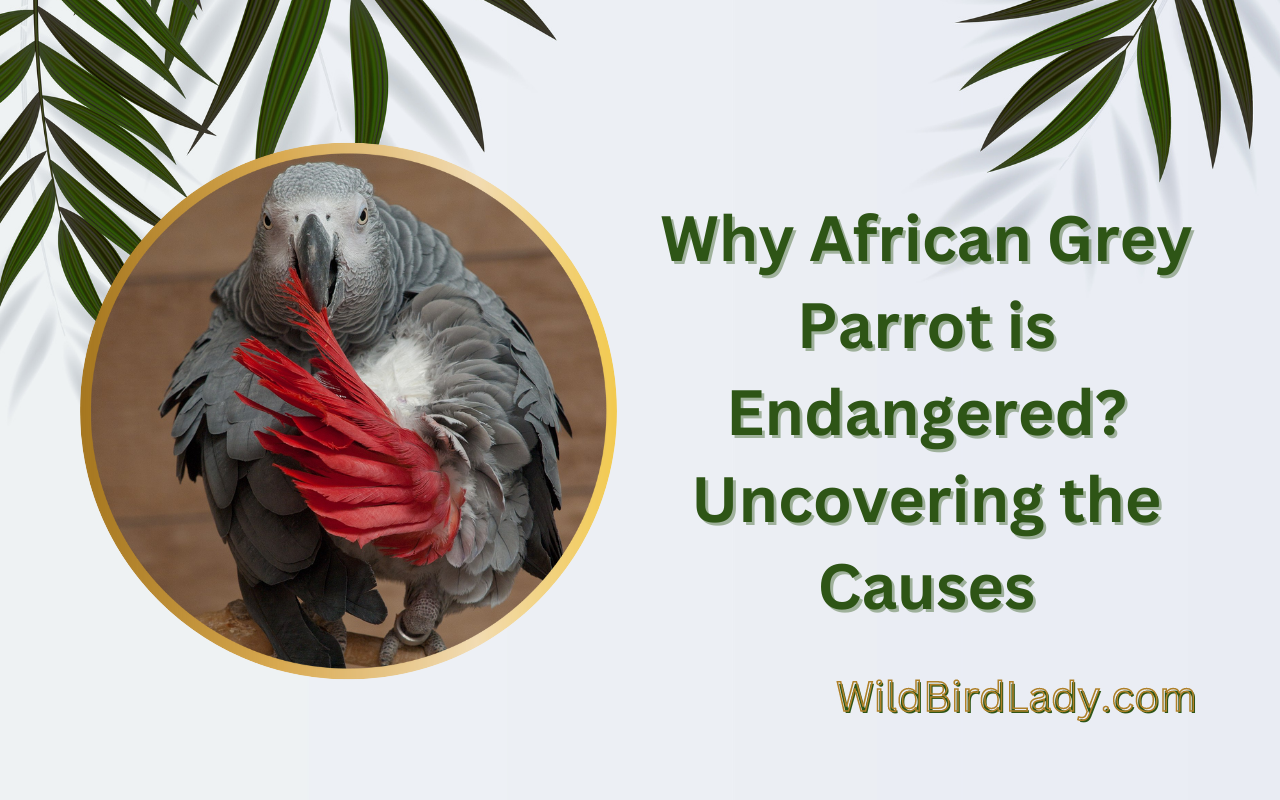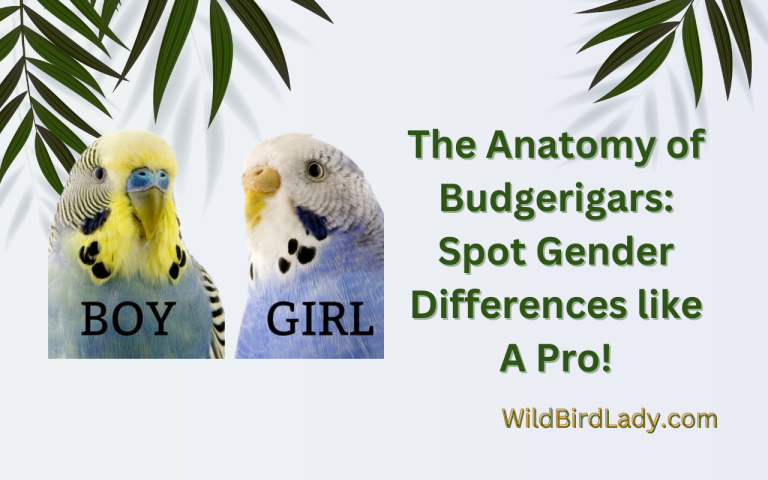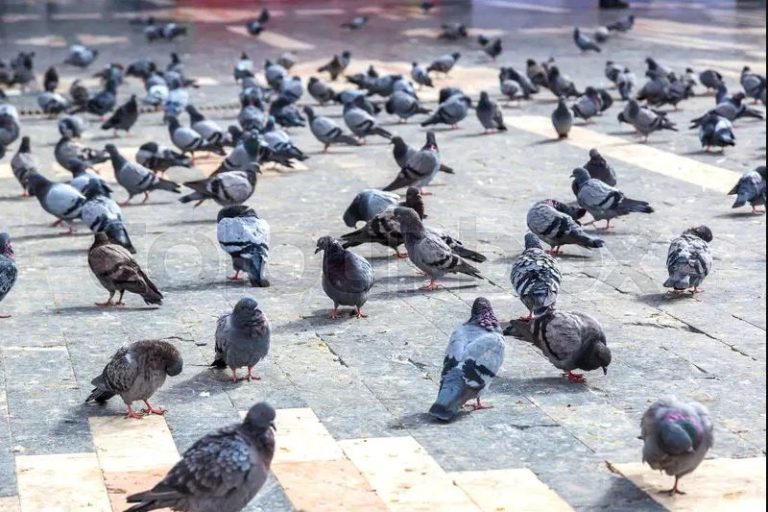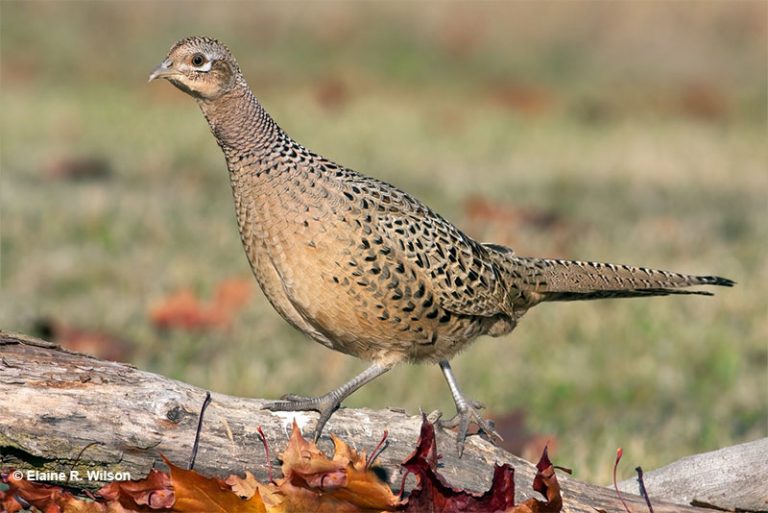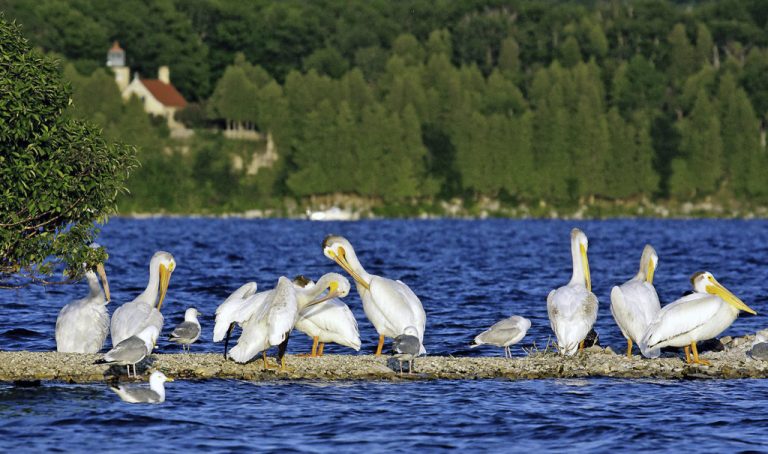Why African Grey Parrot is Endangered? Uncovering the Causes
The african grey parrot is endangered due to habitat loss and illegal trade. The high demand for these birds as pets has led to their decline in the wild.
In addition, deforestation, hunting, and climate change have also contributed to their vulnerable status. The popularity of african grey parrots as pets has taken a toll on their wild populations. The illegal trade of these birds has led to their capture and exportation from africa, where their populations are now declining.
However, habitat loss caused by deforestation and other human activities may pose an even greater threat to their survival. As trees are removed from the wild, these birds lose their nesting and foraging locations. In addition, hunting and poaching for their meat and feathers also contribute to their vulnerability. Climate change further exacerbates these challenges by disrupting ecosystems and weather patterns. In this article, we explore the causes of the african grey parrot’s endangered status and what can be done to protect them.
Habitat Destruction And Deforestation
The african grey parrot is a magnificent bird species that has captured the attention of many bird watchers across the world. This bird is indigenous to the continent of africa and is known for its exceptional intelligence and extraordinary beauty.
Unfortunately, despite its impressive qualities, the african grey parrot is an endangered species, and its population continues to dwindle every day. In this blog post, we will take a closer look at the reasons behind this decline, starting with habitat destruction and deforestation.
Impact Of Deforestation On The African Grey Parrot
Deforestation is the act of cutting down forests for commercial and industrial purposes. In recent times, deforestation has caused serious harm to the habitats of the african grey parrot. The impacts of deforestation on the environment are significant, but the effects on the african grey parrot are particularly severe.
Here are some of the ways that deforestation affects the african grey parrot:
- Loss of habitat – deforestation leads to the destruction of the natural habitat of the african grey parrot. This, in turn, reduces the availability of food and nesting sites.
- Disruption of food sources – the african grey parrot fed on the fruits and nuts available in the forest. Deforestation disrupts the natural food cycle, leading to food scarcity for the birds.
- Increased exposure to predators – deforestation causes habitat fragmentation for the african grey parrot. This exposes them to predators such as snakes and birds of prey.
How Deforestation Affects The African Grey Parrot Nesting Sites
The african grey parrot nests primarily in tree cavities. The birds require trees with large trunks and suitable nesting holes to breed successfully. Deforestation destroys such trees, and this has a devastating effect on the birds. Here are some specific ways that deforestation affects the african grey parrot nesting sites:
- Loss of breeding sites – the destruction of forest trees for lumber and other uses leaves the african grey parrot without suitable nesting sites.
- Competition for nesting sites – trees with suitable nesting sites become scarce, leading to intense competition among the birds.
- Vulnerability – the african grey parrot becomes more vulnerable to predators such as snakes and birds of prey as a result of losing their nesting sites.
Statistics On Deforestation In The African Grey Parrot Habitat
According to recent research, the rate of deforestation in the african grey parrot’s habitat is alarming. Here are some statistics that highlight the extent of the problem:
- Deforestation in the congo basin – the congo basin is one of the african grey parrot’s primary habitats, covering over 2 million square kilometers. Unfortunately, over 13 million hectares of this area has been deforested over the past decade.
- Decline in population – the population of african grey parrots has declined significantly in the last few years. Experts estimate that the number of birds has dropped by 90% due to habitat destruction and other factors.
- Logging industry – the logging industry is a significant contributor to deforestation in the african grey parrot’s habitat. It is estimated that over 50% of the trees cut down in the congo basin are used for commercial purposes.
Deforestation has caused significant harm to the african grey parrot population. To save the species, it is crucial to stop deforestation in their habitat and preserve their nesting sites. Hopefully, this blog post has shed some light on the negative impacts of deforestation on these beautiful birds, and we can all work together to help save them from extinction.
Hunting And Trafficking
African grey parrots are one of the most popular bird species in the world. They are known for their exceptional intelligence, outstanding ability to mimic human speech, and their highly social behavior. Unfortunately, african grey parrots are also one of the world’s most endangered species.
In this section, we will explore how hunting and trafficking are the primary causes of their decline.
Explanation Of The Illegal Trade Of African Grey Parrots
The illegal trade of african grey parrots is fueled by the high demand for these birds as pets. Despite their protected status, hunters capture these birds from their natural habitats in africa for commercial purposes. They are then transported around the world to satisfy the illegal pet trade.
Statistics On The Number Of African Grey Parrots Captured Illegally
The exact number of african grey parrots captured illegally is challenging to determine due to the underground nature of the trade. However, according to the world parrot trust, between 3 and 5 million african grey parrots have been captured and trafficked illegally since the 1970s.
The illicit trade of african grey parrots exists in more than 30 african countries, with the largest known trade routes operations in cameroon.
Effects Of Trafficking And The Illegal Pet Trade On The African Grey Parrot Population
The illegal pet trade has had an enormous impact on the african grey parrot population in the wild. In addition to the birds being killed during the capture process, the transportation of birds to their final destination can be traumatic and deadly.
Many of the birds die due to injuries sustained during transportation, poor living conditions, and lack of proper nutrition. As a result, this population has declined dramatically, and the african grey parrot is classified as endangered by many organizations.
Hunting and trafficking are significant causes of african grey parrot population decline. It is crucial to stop this illegal trade and raise awareness about the negative impact of the pet trade on this species. We should work together to ensure that these intelligent and beautiful birds continue to thrive in their natural habitats, free from the threat of capture, trafficking, and death.
Climate Change
The Effect Of Climate Change On African Grey Parrots
African grey parrots are highly impacted by climate change, which is a significant factor contributing to their endangerment. The following points explain how climate change affects these birds:
-**droughts**: african grey parrots require a lot of water to survive, and droughts can make finding water incredibly difficult for them. With climate change increasing the frequency of droughts in their natural habitats, african grey parrots are struggling to find enough water to sustain themselves.
- Reduction in food sources: Climate change also causes a decline in the african grey parrots’ food sources, making it difficult for them to find enough food to survive. The warmer temperatures lead to the drying of fruit trees, which is a vital food source for these birds.
Explanation Of Droughts, Which African Grey Parrots Can’T Survive
- Drought impact: Droughts impact the forest region and tropical woodland where african grey parrots reside. The parrots require a large amount of water to survive, and droughts make it challenging to find the water they need for their daily activities. The recent increase in the frequency and duration of droughts leads to the death of these parrots due to dehydration-related issues.
- Migratory patterns: African grey parrots also migrate, depending on the availability of resources in their current location. Due to the shortage of water and food, they adapt to new habits and environments, disrupting their natural migratory patterns.
The Impact Of Climate Change On African Grey Parrot Food Sources And Nesting Sites
- Food sources: Climate change impacts the african grey parrot’s feeding habits. The birds prefer to feed on figs and other fruit trees, which are plentiful in the forests and woodlands where they live. The increased temperatures disrupt the life cycle of these fruit trees, and the droughts cause the trees to dry up and die, reducing the number of food sources for the birds. This deficiency in food availability leads to malnutrition and can result in reduced breeding rates and a lower survival rate of the species.
- Nesting sites: African grey parrots nest in holes or potential cavities in large trees, which are incredibly scarce in deforested areas. The continuous destruction of trees for timber or farmland expansion leads to habitat loss. The parrots require specific habitat with appropriate nesting sites, where they can propagate and raise their young. This loss of nesting sites affects breeding rates and ultimately threatens the survival of the species.
These are just some of the ways that climate change is causing the endangerment of african grey parrots. If we don’t take significant steps to address climate change, we could lose these stunning birds forever.
Disease And Parasites
The african grey parrot is one of the world’s most beloved species of parrots due to its incredible intelligence, impressive memory and amazing mimicry skills. However, despite their popularity as pets, these beautiful creatures are in severe danger of extinction.
Disease and parasites are among the leading causes of their decline. In this post, we’ll take a closer look at the issue of african grey parrots being endangered due to disease and parasites.
Explanation Of Common Diseases And Parasites That Affect African Grey Parrots
African grey parrots are vulnerable to several diseases, which can cause significant damage to their overall health. Here are some diseases and parasites that impact african grey parrot populations:
- Psittacosis: This is a bacterial infection that causes respiratory problems and fever.
- Pacheco’s disease: This viral infection leads to liver and spleen tissue damage, as well as death.
- Aspergillosis: A fungal infection that harms the respiratory tract and can also cause death.
- Feather mites: They can cause intense itching and damage to the feather shaft.
- Red mites: These parasites feed on the bird’s blood, which can lead to anemia and difficulty breathing.
The Impact Of Diseases And Parasites On The African Grey Parrot Population
The presence of diseases and parasitic infections can have a significant impact on the african grey parrot population. Some effects include:
- Reduced lifespan: The presence of infections and diseases can shorten the lifespan of african grey parrots by several years.
- Breeding problems: Parasites and diseases can affect the breeding ability of african grey parrots, which can cause a reduction in their population size.
- Decreased immune system: The presence of diseases and parasites in african grey parrots may weaken their immune system, rendering them vulnerable to other infections and diseases.
Prevention And Treatment Of African Grey Parrot Diseases
Preventing the spread of diseases and parasitic infections is vital to ensure the survival of african grey parrots. Here are some measures that can be put in place:
- Quarantine new birds: Quarantine new birds before introducing them to the flock. This will limit the spread of infection in the existing population.
- Good hygiene practices: Clean bird cages regularly, washing hands before and after handling the birds.
- Regular veterinary check-ups: Arrange regular check-ups with a certified avian veterinarian. This is an effective method to prevent the onset of a disease or treat it early.
- Proper nutrition: Adequate and balanced nutrition boosts the immune system, which can help parrots protect themselves from infections and parasites.
Diseases and parasites are major causes for the endangered status of african grey parrots. Nonetheless, by applying the best management practices and disease prevention methods, the african grey parrot can be saved for posterity.
Conservation Efforts
Overview Of Existing Conservation And Preservation Projects
The african grey parrot is one of the most endangered bird species in the world. However, there are several conservation and preservation projects underway to protect these parrots from extinction. Here are some of the notable projects:
- The world wildlife fund (wwf) has initiated a program to conserve african grey parrots across africa. They are working with various organizations to eliminate illegal trapping and trading, protect the parrots’ habitats, and promote sustainable use of forest resources.
- The african conservation foundation (acf) is working with local ngos and communities in cameroon and congo to promote sustainable forest management and protect the african grey parrot. They also provide education and awareness programs to the local communities and governments.
- The association of avian veterinarians (aav) is involved in research and conservation efforts focusing on african grey parrots. They provide expertise and care for rescued african grey parrots, support breeding programs, and educate the public and aviculturists about conservation issues.
Measures Taken By Governments And Ngos To Protect The African Grey Parrot
Governments and ngos play a vital role in protecting the african grey parrot. Some of the measures taken by them are:
- The convention on international trade in endangered species of wild fauna and flora (cites) has listed african grey parrots in appendix i, which means that international trade of these birds is illegal. This has effectively reduced the export of wild parrots and curtailed trafficking.
- Governments of countries where these birds are found, such as cameroon, congo, and ghana, have implemented strict laws against capturing, trading, and exporting african grey parrots. The penalties for violating these laws are severe, and this has resulted in a decline in illegal trade.
- Ngos are working in collaboration with governments to protect the african grey parrot. They provide training to law enforcement and border control officials to identify and seize illegal trade. They also support the establishment of sanctuaries and rescue centers for confiscated birds.
The Role Of The Community And Individuals In African Grey Parrot Conservation
Conservation efforts for african grey parrots also require the active participation of communities and individuals. Some ways in which they can contribute are:
- Communities that inhabit forest regions play a vital role in the conservation of african grey parrots. They can promote sustainable use of forest resources, support reforestation and regeneration of the habitat, and provide information on illegal logging and trade. Participating in education and awareness programs by ngos and governments is also essential.
- Individuals can join conservation organizations, volunteer their time and resources, and donate towards research and conservation programs. Adopting an african grey parrot from a rescue center can help save a bird that may have been captured in the wild. Raising awareness about the plight of these birds in social media and among family and friends can also make a big difference.
The african grey parrot is critically endangered, but conservation and preservation projects are underway to save them. Governments, ngos, communities, and individuals play a crucial role in these efforts. By working together, we can ensure that these beautiful and intelligent birds do not disappear from the face of the earth.
Frequently Asked Questions Of Why Is The African Grey Parrot Endangered? Exploring The Causes
What Are The Major Reasons Behind The African Grey Parrot’S Endangered Status?
The african grey parrot is endangered due to illegal pet trade, habitat destruction, and poaching for their feathers. These parrots have a high demand due to their ability to mimic human speech, causing them to be captured in large numbers from their natural habitat.
The destruction of forests has also led to a decline in their population.
How Does The Illegal Pet Trade Impact The African Grey Parrot Population?
The illegal pet trade is the biggest factor that threatens the african grey parrot’s survival. These parrots are captured from their natural habitat, causing a decline in the population. It is estimated that for every one african grey parrot that ends up in the pet trade, two die in the process of capture and transportation.
What Are The Consequences Of Habitat Destruction On The African Grey Parrot Population?
The african grey parrot’s natural habitat is rapidly disappearing due to human activities such as farming, logging, and mining. This has led to a decline in their numbers, as they rely on these forests for food, shelter, and breeding. Without these essential resources, their population is at risk of extinction.
What Are The Risks Of Poaching For The African Grey Parrot’S Feathers?
Poaching for their feathers is a major threat to the african grey parrot’s population. These feathers have high value in the black market, especially in some african cultures where they are used for decoration and rituals. This has led to a decline in their numbers, and the loss of these birds has far-reaching ecological consequences.
Can Anything Be Done To Prevent The African Grey Parrot From Becoming Extinct?
Conservation efforts such as habitat protection, rescue and rehabilitation, and public education campaigns can help to prevent the extinction of the african grey parrot. It is important to work with local communities to reduce the demand for these birds as pets, while creating sustainable income sources to discourage poaching and habitat destruction.
Conclusion
The african grey parrot has been a stunning and intelligent bird species for a long time, but its existence is threatened by human activities. Habitat loss and illegal pet trade have been the main causes of endangerment. Despite conservation efforts, the situation still persists.
However, there is hope as individuals can contribute to saving this species through education, awareness campaigns, and supporting conservation organizations. The african grey parrot has a significant ecological importance in its natural habitat and plays a crucial role in seed dispersal, which promotes the growth of new trees and plants.
Therefore, it is essential to protect this species not only for their existence but also for its ecological importance. The world needs to unite efforts and implement stricter regulations and conservation plans to ensure the preservation of the african grey parrot for future generations.
Let’s do our part today and save our feathered friends from extinction.

